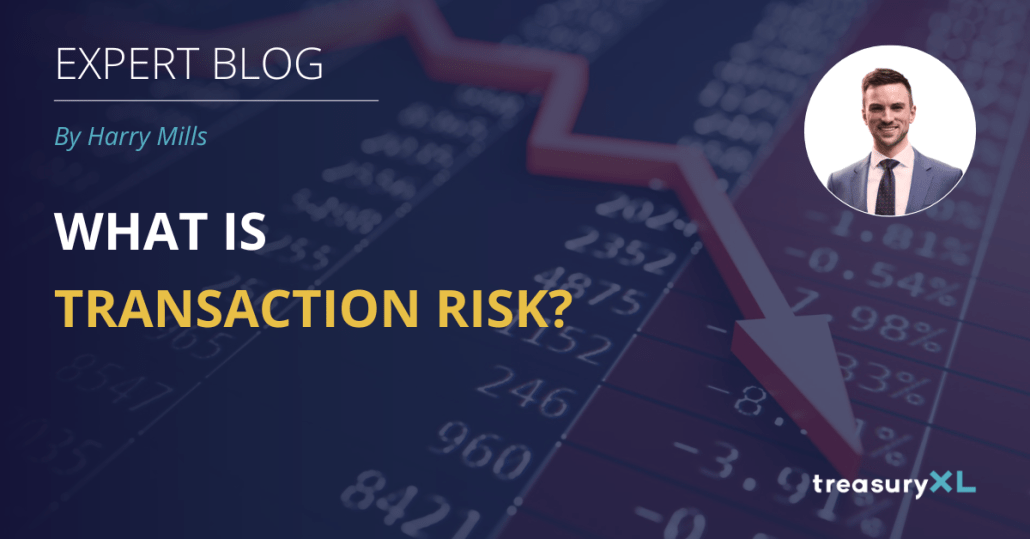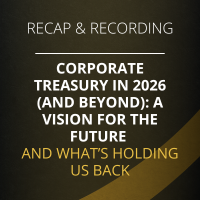Currency exposure can arise in all areas of a company’s operations, and it’s not always easy to spot. Arguably the most common type of currency exposure is Transaction Risk so, let’s dig into it…
Source: Oku Markets
In terms of a company trading internationally, transaction risk arises from – you guessed it – transactions taking place in foreign currency. Transaction risk typically occurs due to the time difference between an order and receipt of funds
Say there’s a British engineering company that designs, builds, and sells machines for use in factories. Some of the components, parts, and/or raw materials (metals, cabling etc.) are imported from Germany and China. The engineering company is billed in euros and dollars for these imports, which presents a risk as the company’s sales are all in pounds.
The company has pounds coming in (sales revenue) and dollars and euros going out (their import costs / cost of goods sold), in addition to their assembly costs, salaries, and other overheads all in sterling. So, there’s a mismatch in the currencies of their cashflows, presenting an exposure to the pound’s value against the euro and dollar.

How Might Transaction Risk Impact a Business?
The simplest way to think about this is to consider where the risk lies: is it on the cost or the revenue side (or both)? Using the example above, the engineering company has currency exposure on its costs because it imports from overseas in foreign currency. The business is therefore exposed to the value of the pound against the euro and dollar, which both move second-by-second, and often in a large range on a daily, weekly, monthly, and yearly basis.
The real-world impact is obviously on cash flow, margins, and profitability. There are other impacts on competitiveness, the ability to discount, the ability to reinvest (or not) profitability, or to pay dividends etc., but for now we’ll stick with route one and think about margins and profits.
If the pound gains against the euro and dollar (goes up), the company’s cost in pounds to purchase from abroad will be lower, meaning that their margins will improve if their sales price remains constant. Alternatively, they would be able to offer discounts and/or remain competitive in a price-elastic market.
On the other hand, if the pound weakens against the euro and dollar, the company’s cost in pounds to purchase from abroad will be higher, meaning that their margins will be squeezed lower, they may have to increase prices, they might lose business to cheaper competitors, and they will have lower earnings to pay bonuses, dividends, and to reinvest for future years.
But currency markets don’t tend to just move from A to B resulting in a greater or worse profit – prices can be highly volatile, meaning that rates change daily, and sometimes quite significantly – and there are periods of ebbs and flows to rate movements. This constant shifting in the exchange rate means that costs move a lot, that margins are inconsistent, future cash flows are unpredictable, and customer pricing may need to be evaluated frequently.
These are uncertainties and inconsistencies that present a real headache for business decision-makers and leaders to deal with. It might be far better to work to a constant, or less volatile cost base, don’t you think?
On the chart below, we can see the 2023 trading range for the pound against the dollar, with a more than 10% high-low range, and periods of obviously high volatility that can only have made decision-making difficult, and resulted in wildly swinging margins across the year.

How To Manage Transaction Risk
Try to look for opportunities to internally manage the risk before placing FX deals
1. Shift the risk to the other party by only transacting in your own currency
2. Match and offset the exposure e.g. foreign currency sales to offset costs
3. Net group exposures e.g. income from a subsidiary nets with the parent’s costs
If you can’t shift, match, or net the exposures then you’ll need to use financial instruments to hedge your risk.
Here’s a quick introduction to what’s available to you, in simple language:
- Spot – buy now, pay now
- Forward – buy now, pay later
- Swaps – exchange currency A for B now, then the reverse later
- Options – buy now, choose to pay later if you wish (hence, “option”)
Forward contracts are a common financial instrument for managing transaction risk. The rate is agreed at the point of execution but, the delivery of funds is scheduled for a future date or within a date range. Forward contracts allow businesses to secure exchange rates as a means of protecting from adverse currency movements!
Get in touch with treasuryXL expert Harry Mills to support you in identifying your currency risks, deciding on the most critical risks to manage and how, and providing a framework and trading facilities to get on with it.
Harry Mills, Founder at Oku Markets











